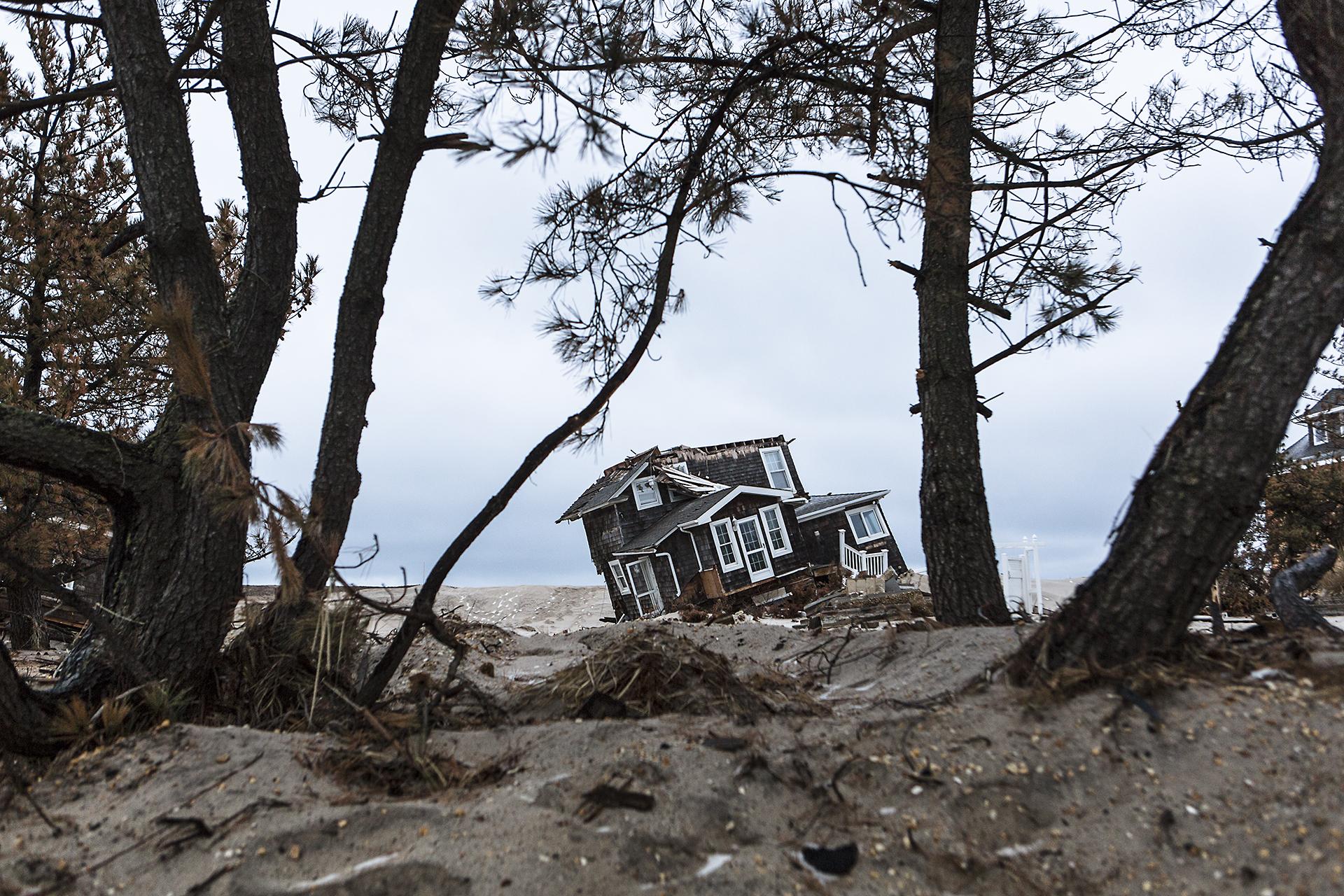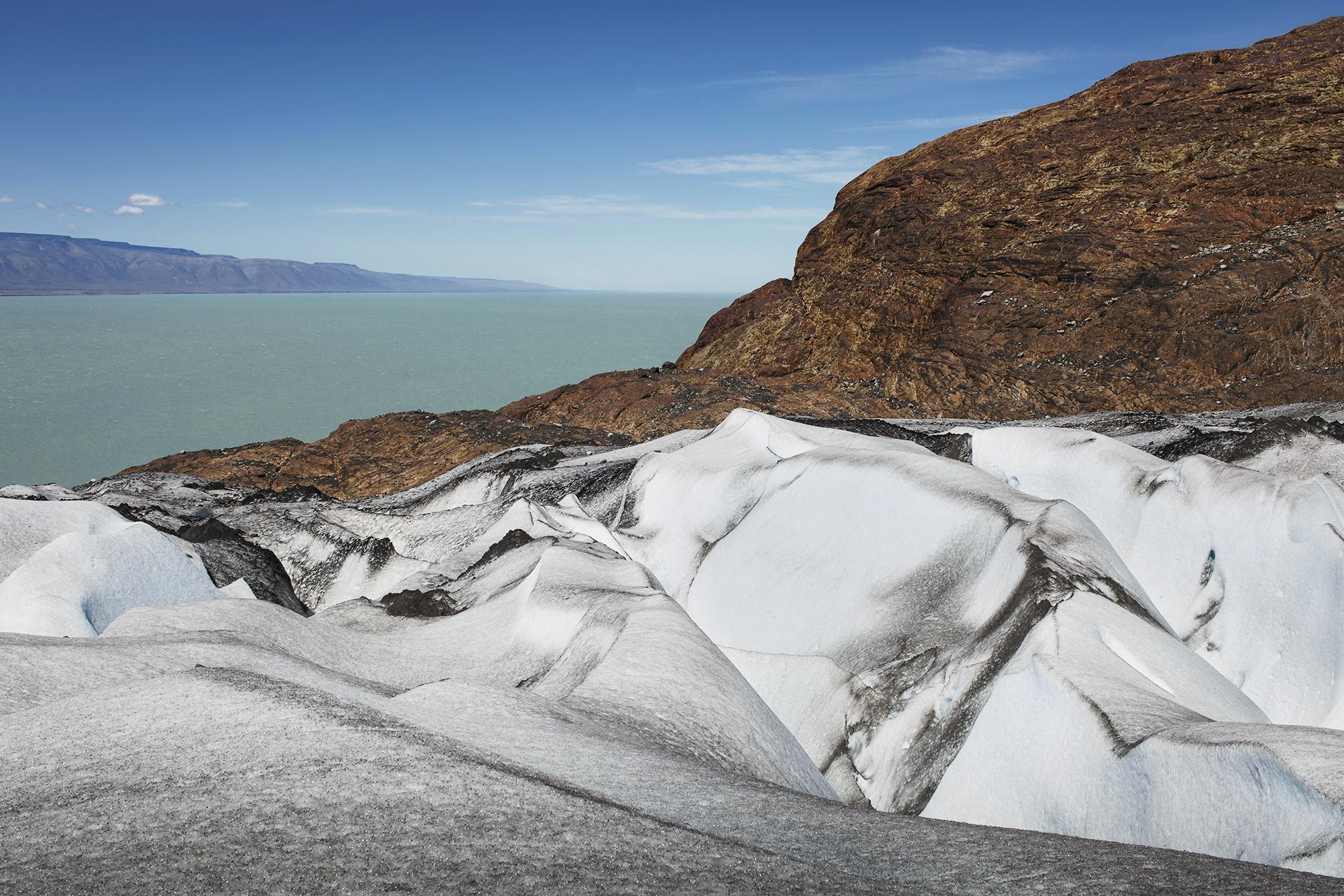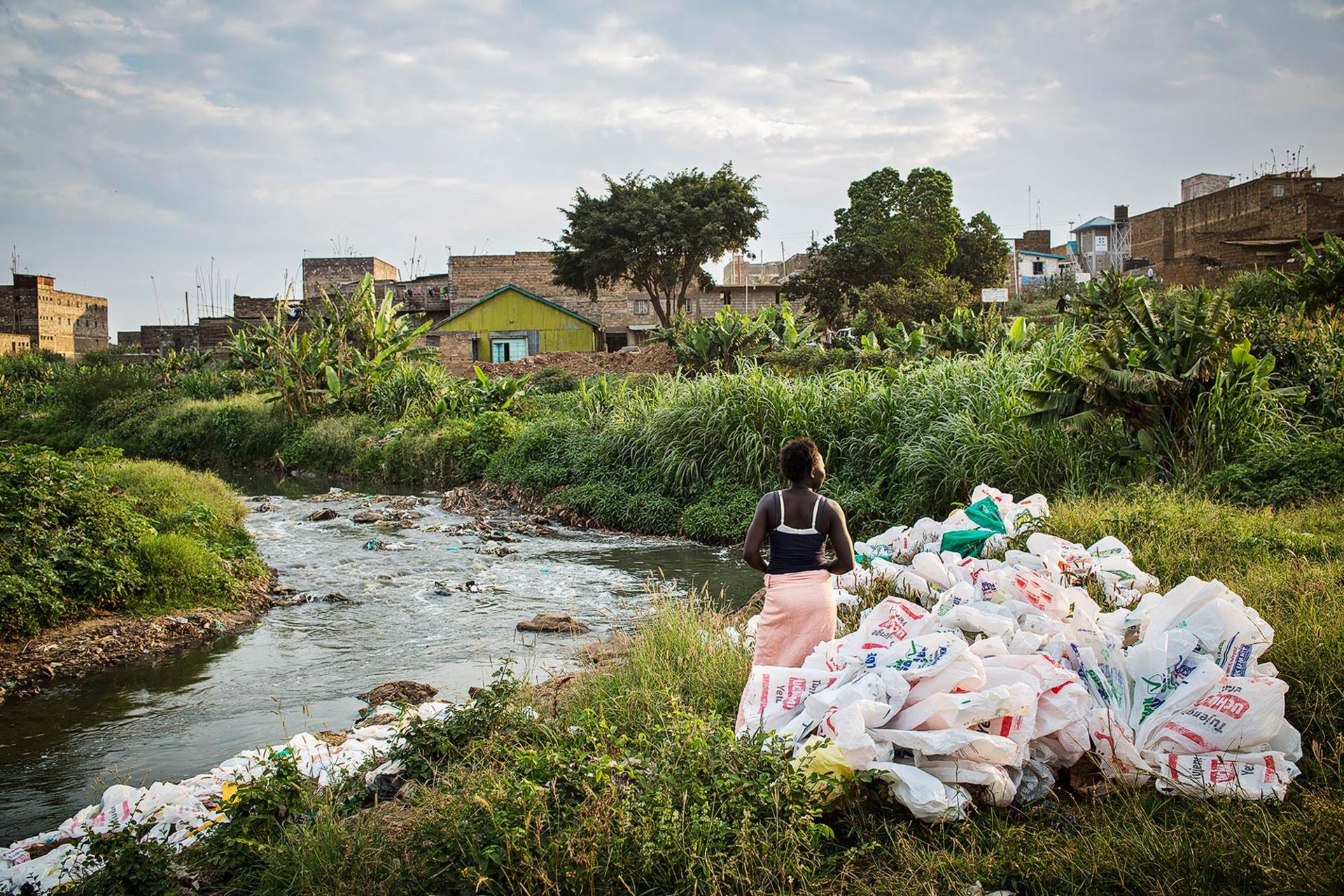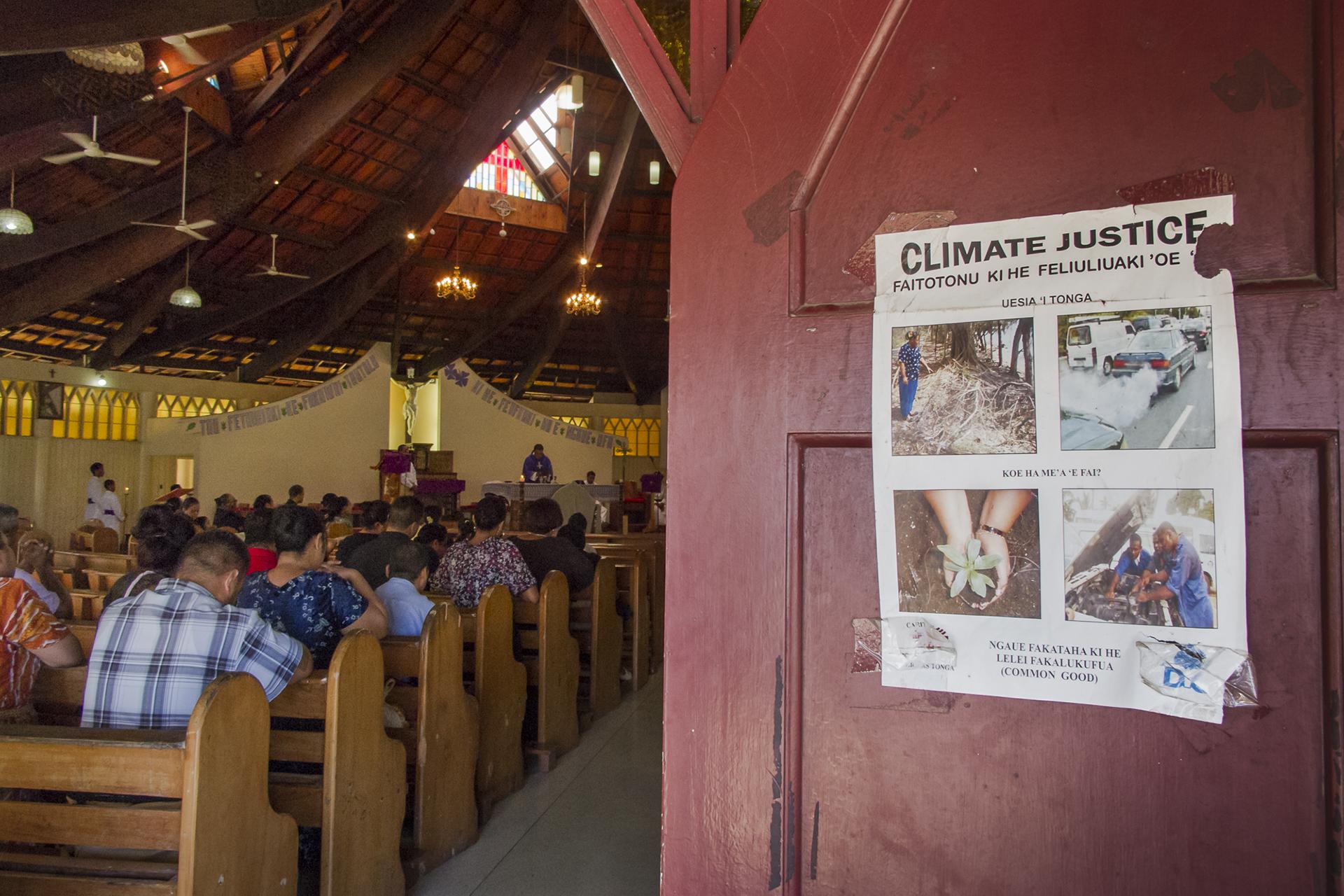Since 2010, artist and photographer Carolyn Monastra has traveled throughout the United States and around the world to document the global impact of climate change. She has met with scientists, activists, and ordinary people, visiting every continent to witness the effects of the crisis from various vantage points and perspectives.
“From the melting ice of Antarctica to the wildfires of Australia to the encroaching deserts of Inner Mongolia, I am drawn to precious and precarious places that mark the shifting boundaries between nature and the effects of our not-so-natural disasters,” she says. “I want to capture this life before it goes away.”
Monastra describes her work as driven by the emerging dialogue among people who are rooted to their lands and sometimes uprooted from them. In the course of her travels, she has heard tales of lives and homes being lost, of natural resources vanishing. “I believe we have a moral responsibility to address the climate crisis,” she says. “I also believe our collective environmental efforts can help in creating healthier more sustainable communities. With a U.S. presidential administration that seems openly hostile to mitigating, let alone acknowledging, anthropogenic-induced climate change, I feel even more committed to my work.”
The images here are from Monastra’s documentary photography project, The Witness Tree, which also involves presentations, exhibitions, and audience-engagement events. You can see and learn more about The Witness Tree here.
- The Editors

I visited Glacier National Park in 2011 to see what was left of the twenty-five remaining namesake glaciers out of the one-hundred-and-fifty present when the park was founded in 1910. This family, however, came because of fire, not ice: They were looking for a fire tower built by an ancestor in the 1930s. What struck them, though, was the degree of damage from recent wildfires. Four years later, in 2015, wildfires in Glacier National Park forced thousands of tourists to cancel visits and campgrounds and hotels to evacuate, significantly affecting local businesses that in normal summers take in $200 million.

Hurricane Sandy was a wake-up call to many in the Northeast United States. A Staten Island resident whose home was severely damaged admitted to me, “You know, Al Gore may be onto something with this climate change issue.” Sandy damaged more than 600,000 homes in New Jersey and New York alone, while inflicting $65 billion in damages overall—making it the costliest global disaster of 2012, according to insurance firm Aon Benfield. This home was one of many that were later razed.

Glaciers around the world are retreating at a rapid pace due to steadily rising temperatures. The Viedma Glacier in the Southern Patagonian Ice Fields of Argentina has retreated more than 0.62 miles (1 kilometer) since the 1930s. Scientists estimate that at its current rate of retreat, the glacier could disappear within sixty years. Getting safely to a solid portion of the glacier required a fifteen-minute across these bare rocks, which a local guide said were covered by ice twenty years ago.

This woman regularly collects discarded plastic bags around her community near the Nairobi River. After cleaning them, she sells the bags to brokers, who then sell them to artisans who upcycle them by crocheting products such as handbags and hats. Since plastic bags are made from petroleum, this woman is not only reducing her community’s carbon footprint through reuse, but she is also cleaning up her neighborhood and creating income for herself and a chain of others.

I went to Mass at the Basilica of St. Anthony because I’d heard the singing was angelic. I was not disappointed, but I was surprised to see this sign on the church door. Even though citizens of developing nations like Tonga have much less an impact on the climate than those of industrialized countries, parishioners at the Basilica of St. Anthony are encouraged to minimize their carbon usage. In his 2015 encyclical Laudato si’, Pope Francis asked people of all faiths, not just Catholics, to wake up to the reality of climate change: “We are not faced with two separate crises, one environmental and the other social, but rather one complex crisis which is both social and environmental.”

